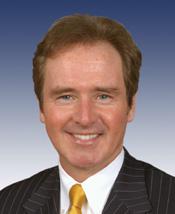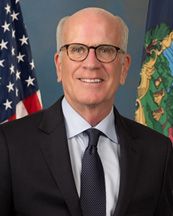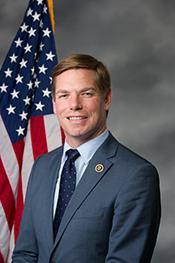0
TREAT Act
1/11/2023, 1:31 PM
Congressional Summary of HR 2536
Recovery Enhancement for Addiction Treatment Act or the TREAT Act
Amends the Controlled Substances Act to increase the number of patients that a qualifying practitioner dispensing narcotic drugs for maintenance or detoxification treatment is initially allowed to treat from 30 to 100 patients per year.
Allows a qualifying physician, after one year, to request approval to treat an unlimited number of patients under specified conditions, including that he or she: (1) agrees to fully participate in the Prescription Drug Monitoring Program of the state in which the practitioner is licensed, (2) practices in a qualified practice setting, and (3) has completed at least 24 hours of training regarding treatment and management of opiate-dependent patients for substance use disorders provided by specified organizations.
Revises the definition of a "qualifying practitioner" to include: (1) a physician who holds a board certification from the American Board of Addiction Medicine; and (2) a nurse practitioner or physicians assistant who is licensed under state law to prescribe schedule III, IV, or V medications for pain, who has specified training or experience that demonstrates specialization in the ability to treat opiate-dependent patients, who practices under the supervision of, or prescribes opioid addiction therapy in collaboration with, a licensed physician who holds an active waiver to prescribe schedule III, IV, or V narcotic medications for opioid addiction therapy, and who practices in a qualified practice setting.
Directs the Comptroller General to initiate an evaluation of the effectiveness of this Act, including an evaluation of: (1) changes in the availability and use of medication-assisted treatment for opioid addiction, (2) the quality of medication-assisted treatment programs, (3) diversion of opioid addiction treatment medication, and (4) changes in state or local policies and legislation relating to opioid addiction treatment.





